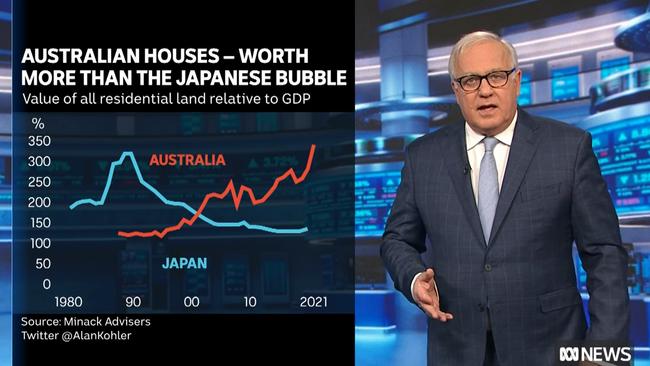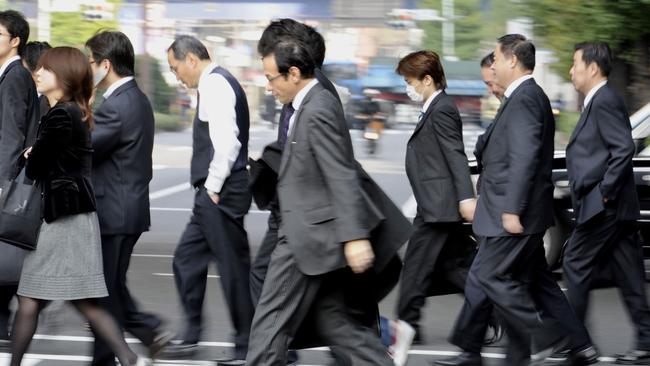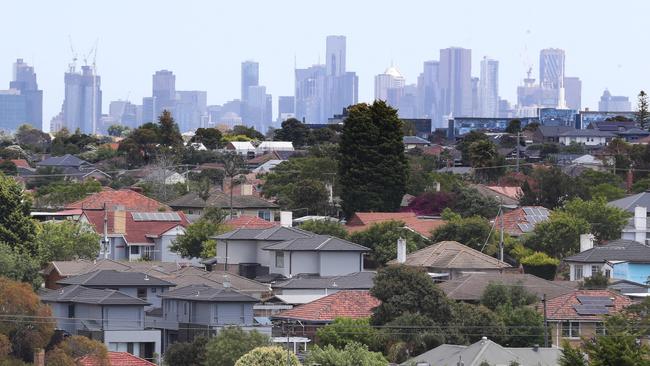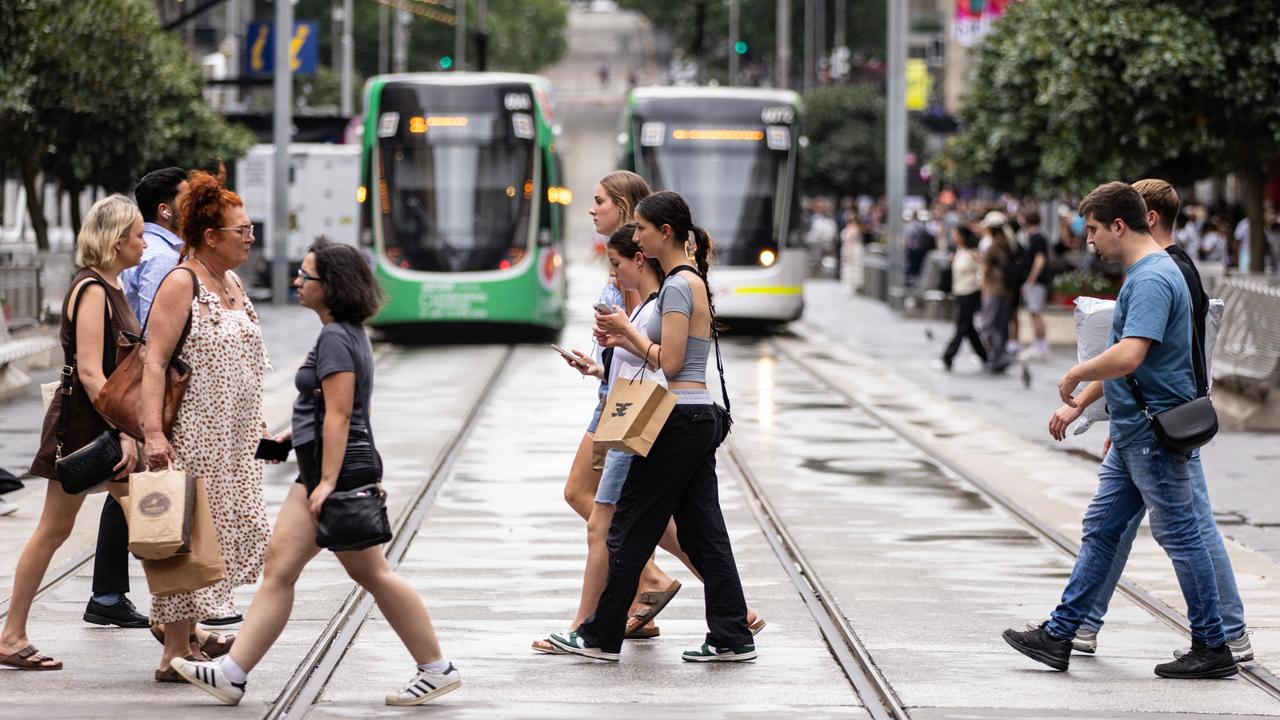Australian residential land value to GDP ratio now higher than Japan at height of 1989 bubble
ABC finance host Alan Kohler has shared a “scary” housing chart, after Australia passed a grim milestone dating back to 1989.
Economy
Don't miss out on the headlines from Economy. Followed categories will be added to My News.
ABC finance host Alan Kohler has shared a “scary” chart to illustrate Australia’s housing bubble – likening the current situation to Japan before the “lost decade” crash that saw prices drop 70 per cent.
“And finally another scary, depressing way to look at house prices in Australia,” Kohler said at the end of Wednesday’s segment.
“As a percentage of GDP, all residential land in Australia is now worth more than all Japanese land was in 1989 – and that was one of the great bubbles of all time, followed by one of the great crashes of all time.”
He added: “But this time will be different, of course.”
During Japan’s property bubble, the ratio of residential land value to GDP hit a record of more than 330 per cent.
“We’ve just beaten that record in Australia, which is not a great starting point,” Dr Philipp Hofflin from Lazard Asset Management told Livewire Markets this week.
“It certainly didn’t work out well in Japan.”
Dr Hofflin also noted that during the period before the global financial crisis in the US, property prices rose by the equivalent of 60 per cent of GDP.

“Well, we’ve just done a lazy 100 per cent-plus in three years,” he said.
“Residential values rose by $2.5 trillion over the last three years, they hit over $10 trillion at the start of this year. And you can see this dwarfs really any other asset price in the country.”
Japan experienced a major boom in the early 1980s that saw stocks and property explode in value, with skyrocketing asset prices blamed on “easy credit and rampant speculation, coupled with a lax central bank”, as AVATrade notes.
Land and real estate prices rose by nearly 170 per cent between 1985 and 1990, while stock prices doubled between 1987 and 1990.
The bubble began to burst at the end of 1989, when the Bank of Japan (BoJ) started to sharply raise interest rates in attempt to curb runaway prices.
Asset prices subsequently crashed, leading to a period of economic stagnation from 1991 to 2001 referred to as the “lost decade”.

Japan’s stock market was wiped out, losing 60 per cent of its value between 1989 and 1992.
Despite the equities bloodbath, the BoJ continued to aggressively hike rates due to the resilience of real estate prices, which finally began to fall in 1991.
In June 1991, the BoJ rapidly reversed course and began slashing interest rates again, and the following year the Japanese government kicked off a series of massive and ultimately ineffective stimulus packages.
But by then it was too late – the economy was already in a downward spiral.
Japan was gripped by both a credit crisis – with banks cutting back on lending despite lower rates set by the BoJ – and a liquidity trap, as households and investors held onto cash.
Land and property continued to plunge over the decade, ultimately falling by 70 per cent by 2001. The Nikkei index dropped below 8000 points in August 2003, down from a peak of just under 40,000 at the end of 1989.

Property declines as RBA delivers shock hike
The Reserve Bank of Australia shocked markets on Tuesday with a higher-than-expected 50 basis point increase to bring the official cash rate to 0.85 per cent.
It came after Australian house prices marked their first decline since September 2020, falling by 0.1 per cent in May, according to CoreLogic.
Annual price growth has fallen from 24 per cent just six months ago to 14 per cent now.
Several banks had already forecast drops of between 5 per cent and 15 per cent by the end of 2023, but Tuesday’s shock move has some experts warning prices could crash by up to 25 per cent.
Writing for news.com.au, David Llewellyn-Smith and Leith van Onselen from MacroBusiness noted that before this week’s decision, most economists were forecasting the cash rate to peak at 2.5 per cent in the middle of next year.
They now are predicting another 50 basis point hike in July.
The futures market is even more hawkish, predicting the RBA will lift the cash rate to 3.5 per cent by May 2023.
“With both mortgage demand and consumer confidence facing heavy falls on the back of rate rises, the RBA risks sending house prices into a tailspin if it hikes as aggressively as economists, let alone the market, are forecasting,” they wrote.
“The futures market’s forecast 3.5 per cent OCR would ‘crash’ the housing market, with real housing prices falling by around 25 per cent in real terms and by more than 30 per cent in nominal terms under the RBA’s modelling.”
Originally published as Australian residential land value to GDP ratio now higher than Japan at height of 1989 bubble





